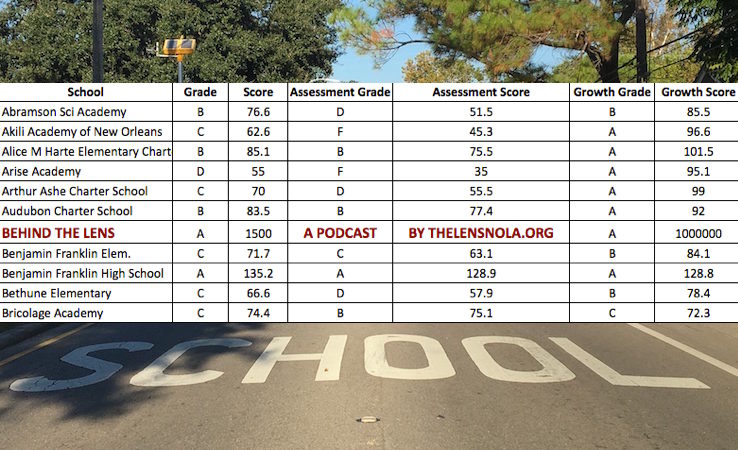The myth of de facto segregation
Today’s high levels of school segregation can be traced to specific government policies that created distinct White and Black neighborhoods.

For nearly 30 years, the nation’s education policy makers have proceeded from the assumption that disadvantaged children would have much greater success in school if not for educators’ low expectations of them. In theory, more regular achievement testing and tougher accountability practices would force teachers to pursue higher academic standards for all children, resulting in improved instruction and greater student proficiency.
However, there never was any evidence to support this theory, and even its most eager proponents have come to realize that it was flawed all along. In fact, there are a host of reasons why disadvantaged children often struggle to succeed academically. Undeniably, one is that some schools in low-income neighborhoods fall short in their traditional instructional roles. Another is that many schools have failed to embrace effective out-of-classroom programs — such as health clinics or early childhood centers — that might enable students to be more successful in the classroom. Perhaps most important, however, is the influence of children’s out-of-school social and economic conditions, which predict academic outcomes to a far greater extent than what goes on in the classroom. Researchers have long known that only about one-third of the Black-White academic achievement gap results from variations in school quality. The rest stems from social and economic factors that render some children unable to take full advantage of what even the highest-quality schools can offer.
Racial segregation exacerbates achievement gaps between Black and White children because it concentrates students with the most serious social and economic challenges in the same classrooms and schools. Consider childhood asthma, for example: Largely because of poorly maintained housing and environmental pollution, urban African-American children have asthma at as much as four times the rate of White middle-class children. Asthmatic children often come to school drowsy and inattentive from sleeplessness, or they don’t come to school at all. Indeed, asthma is the single most important cause of chronic absenteeism. No matter how good the teacher, or their instruction, children who are frequently absent will see less benefit than children who come to school well rested and regularly. Certainly, some asthmatic children will excel — there is a distribution of outcomes for every human condition — but on average, children in poorer health will fall short.
Children from disadvantaged families suffer disproportionately from a number of other such problems, including lead poisoning that diminishes cognitive and behavioral capacity; toxic stress, from experiencing or witnessing violence; irregular sleep or meal times, related to their parents’ working multiple jobs with contingent work schedules; housing instability or homelessness; parental incarceration, and many others. A teacher can give special attention to a few who come to school with challenges that impede learning, but if an entire class has such problems, average achievement inevitably declines.
We cannot expect to address our most serious educational issues if the most disadvantaged of the nation’s children are concentrated in separate neighborhoods and schools. Today though, racial segregation characterizes every metropolitan area in the United States and bears responsibility for our most serious social and economic problems: Not only does it produce achievement gaps but it predicts CONTINUE READING: The myth of de facto segregation - kappanonline.org






















